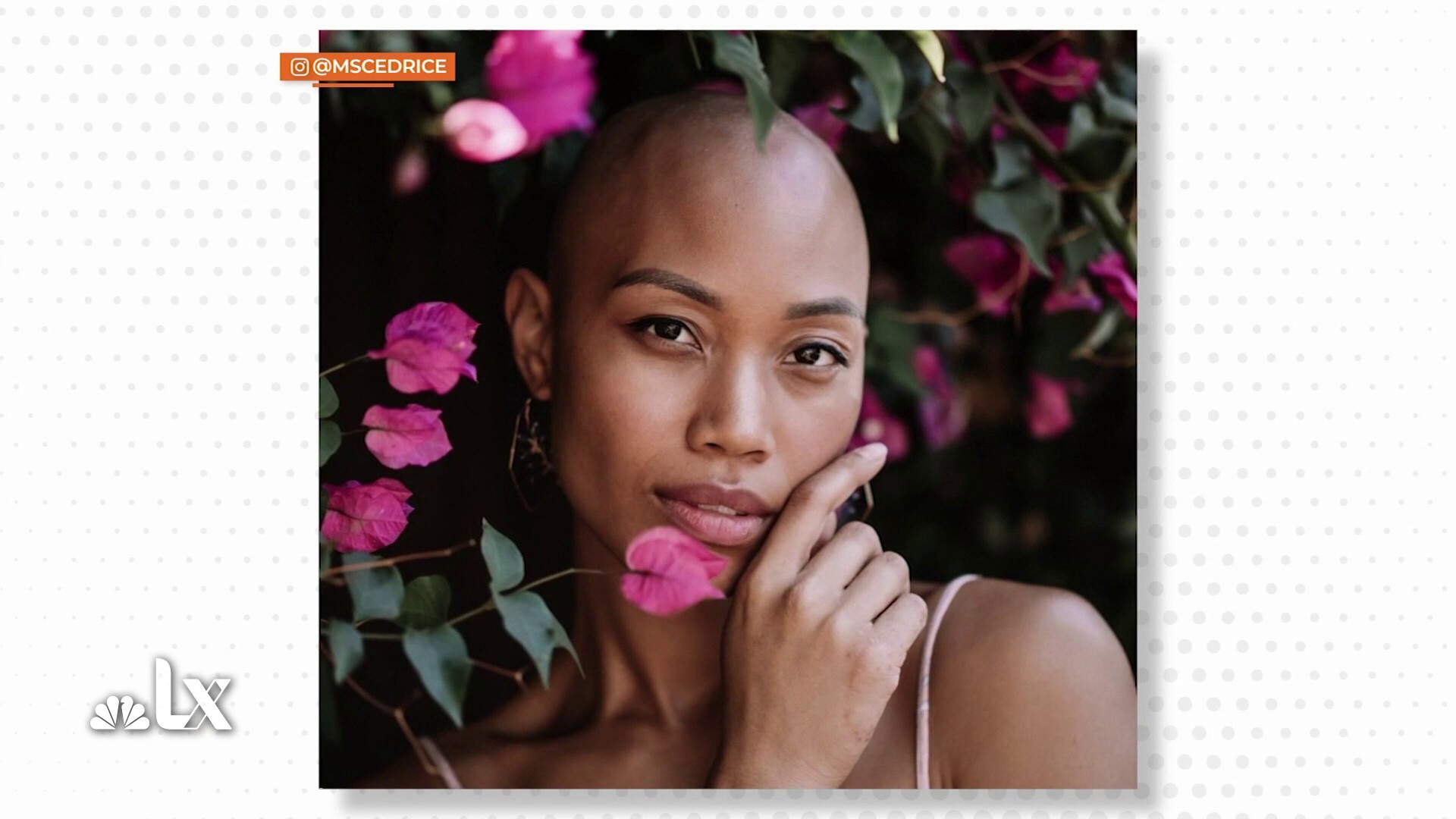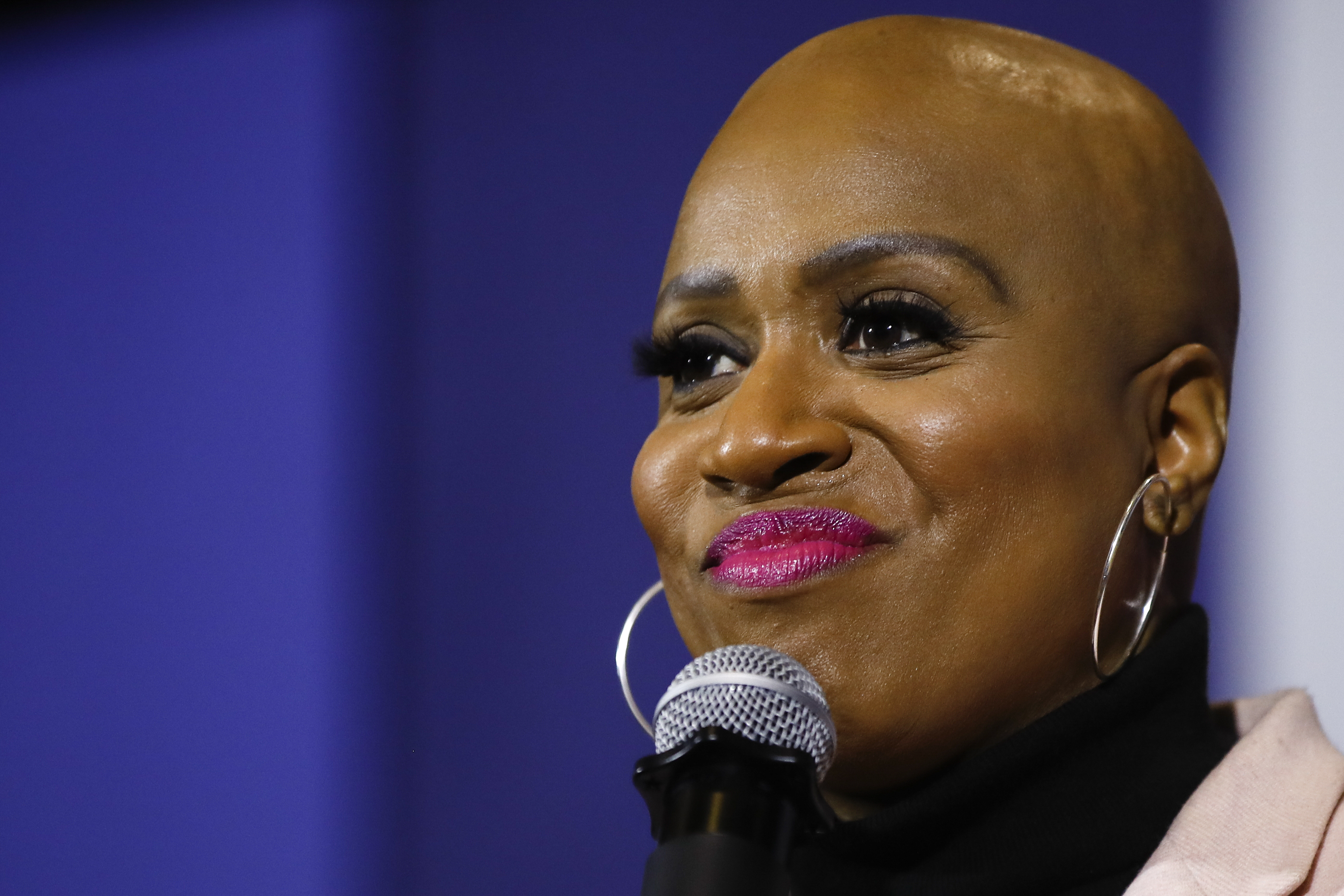By now, you've probably heard about the shocking moment when Will Smith jumped onstage at the 94th annual Academy Awards to smack Chris Rock across the face for cracking a joke about wife Jada Pinkett Smith's shaved head.
Why Did Will Smith Slap Chris Rock at the Oscars?
But less viral than the slap itself -- and part of the reason Will Smith took so much offense to Rock's comments -- is is the fact that Pinkett Smith's decision to shave her head was made after she was diagnosed with alopecia.
The actress first disclosed her hair loss condition four years ago, the Associated Press reported, though it’s unclear whether Rock was aware at the time of the Oscars.
Get Southern California news, weather forecasts and entertainment stories to your inbox. Sign up for NBC LA newsletters.
In 2018, Pinkett Smith discussed her condition on her Facebook show Red Table Talk.
“A lot of people have been asking why I’ve been wearing turbans,” the then-46-year-old said at the time. “Well, I haven’t talked about it. It’s not easy to talk about, but I am going to talk about it.”
“My hair has been a big part of me,” Pinkett Smith said. “Taking care of my hair has been a beautiful ritual and having the choice to have hair or not. And then one day to be like, ‘Oh my god, I might not have that choice anymore.’"
In December 2021, the actress addressed her struggle her alopecia in an Instagram video.
“Me and this alopecia are going to be friends … period!😆,” she said on the social media platform.
Here's everything to know about the disease.
What is Alopecia?
"Alopecia," according to Yale Medicine, simply means hair loss.
But the more specific "alopecia areata" is an autoimmune disease where a person's body and immune system attacks their own hair follicles, causing hair loss and sometimes changes to the fingernails and toenails.
The hair loss usually occurs in small, round patches, but in some cases it can be more extensive. It's most common on the scalp, but it can also occur in other areas like the beard or eyebrows.
According to UCLA Health, there may be short broken-off hairs at the edges of the patches of hair loss.
Alopecia areata can range in severity. That term, more specifically, refers to patchy hair loss, while "alopecia totalis" is the term for "total loss of hair on the head," and "alopecia universalis" refers to "the complete loss of hair on the head, face and body," according to Yale. Total hair loss is the most rare version of the disease.
The condition can occur at any age, but is most common for people in their teens to thirties. Men and women get alopecia at about equal rates.
What Causes Alopecia?
In people with alopecia areata, the hair follicles -- the structures in skin that form hair -- "release a chemical message that causes the immune system to attack them," leading to the hair falling out, Yale Medicine says.
It can be more likely if you have another autoimmune disease, according to the National Institute of Health, such as "psoriasis, thyroid disease, or vitiligo," or if you have allergies like hayfever.
Other risk factors for alopecia include "emotional stress or an illness," which "can bring on alopecia areata in people who are at risk," according to the NIH.
It's also a little bit more likely if someone else in your close family has alopecia.
But for many people, there is no family history, and there's not an obvious trigger for the disease.
Researchers believe it may be related to the genes that control the immune system, but further study of the disease is needed to determine the exact cause of alopecia.
How Dangerous is Alopecia?
According to the NIH, most people with alopecia areata are otherwise healthy individuals, with no other symptoms.
Is There a Cure for Alopecia?
There are no current cures for alopecia.
According to UCLA, "some people have hair regrowth occur on its own, but for others, the areas of hair loss may last for years and some may not have regrowth."
More mild cases may go away on their own without treatment, though they may sometimes reappear and disappear again over the years, according to Yale.
Treatments for alopecia typically involve medications that suppress the immune system, like steroid injections to the balding patches, which suppresses the immune cells in the area so the hair can grow back.
About half of people who lose their hair will see it regrow within a year of treatment.
Other Public Figures With Alopecia
Other celebrities and public figures with alopecia include Viola Davis, who opened up about her hair loss in an interview with Vulture in 2014, and Democratic U.S. House representative for Massachusetts Ayanna Pressley.
Rep. Pressley made waves in January of 2020 when she revealed that she had the condition, in part because the natural hairstyles she sported were so "synonymous" with her brand as a politician.
"My twists have become such a synonymous and a conflated part of not only my personal identity and how I show up in the world, but my political brand," she said in an interview with The Root. "And that's why I think it's important that I'm transparent about this new normal and living with alopecia."




